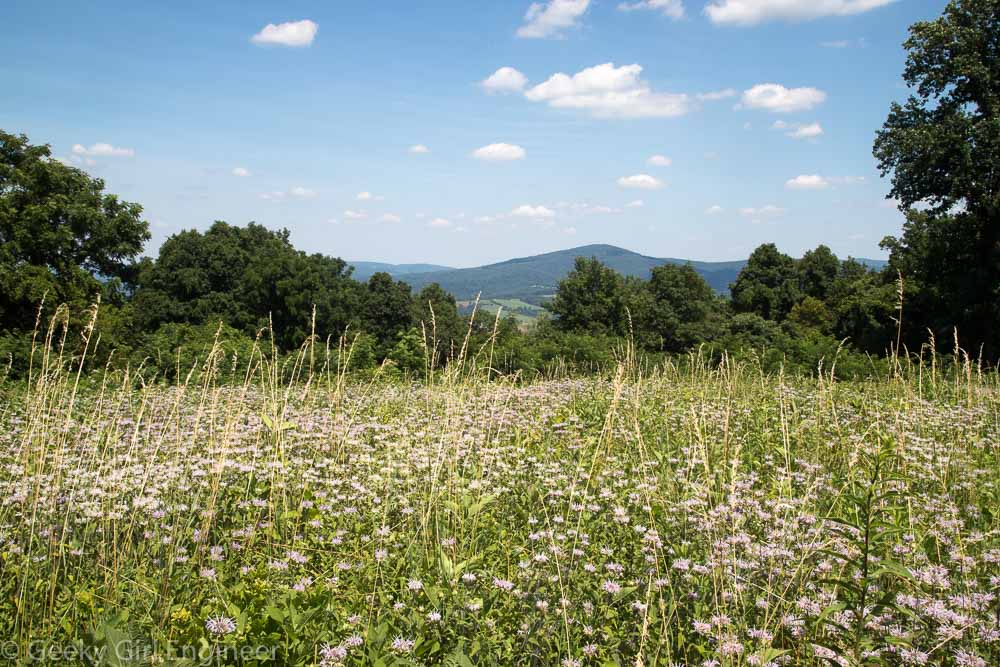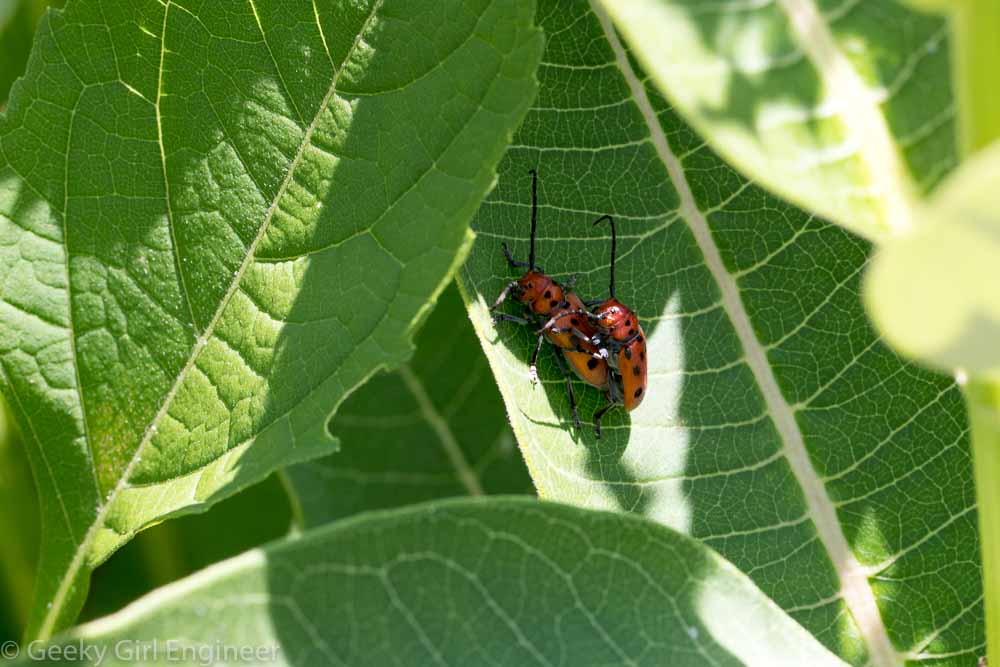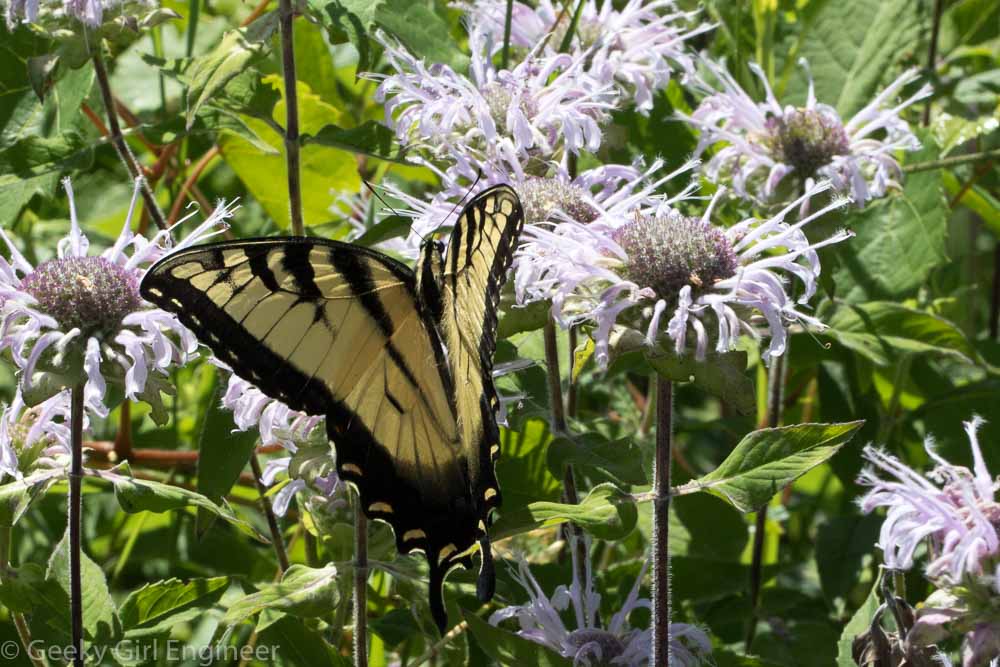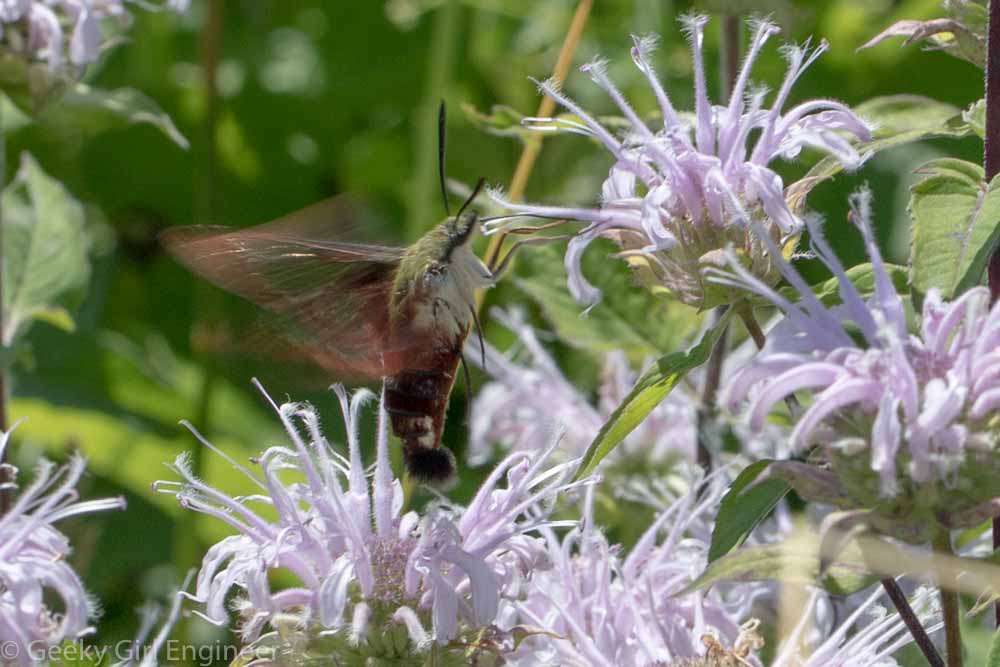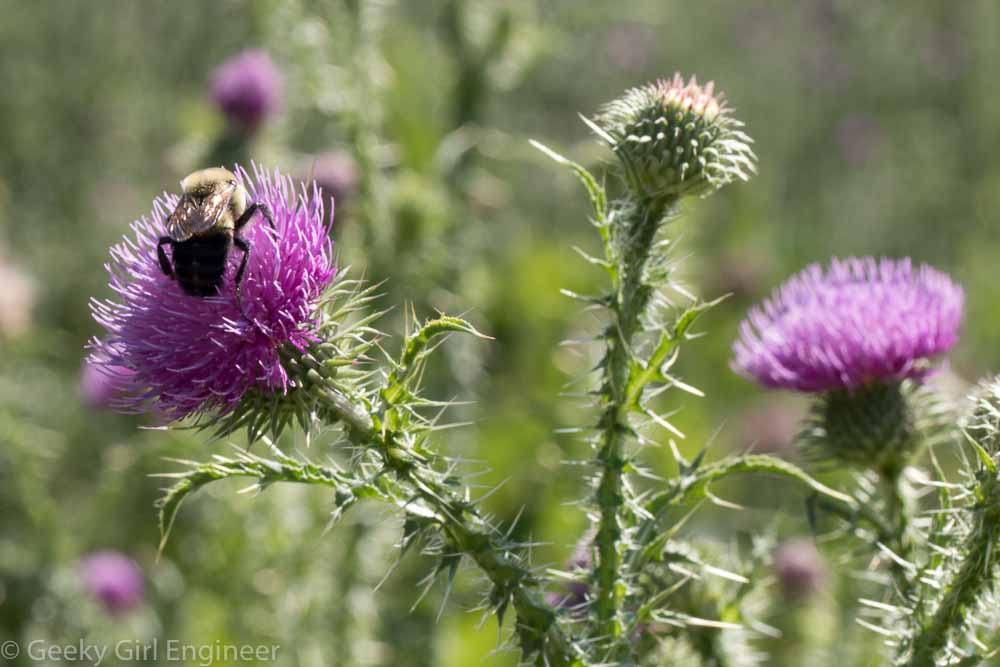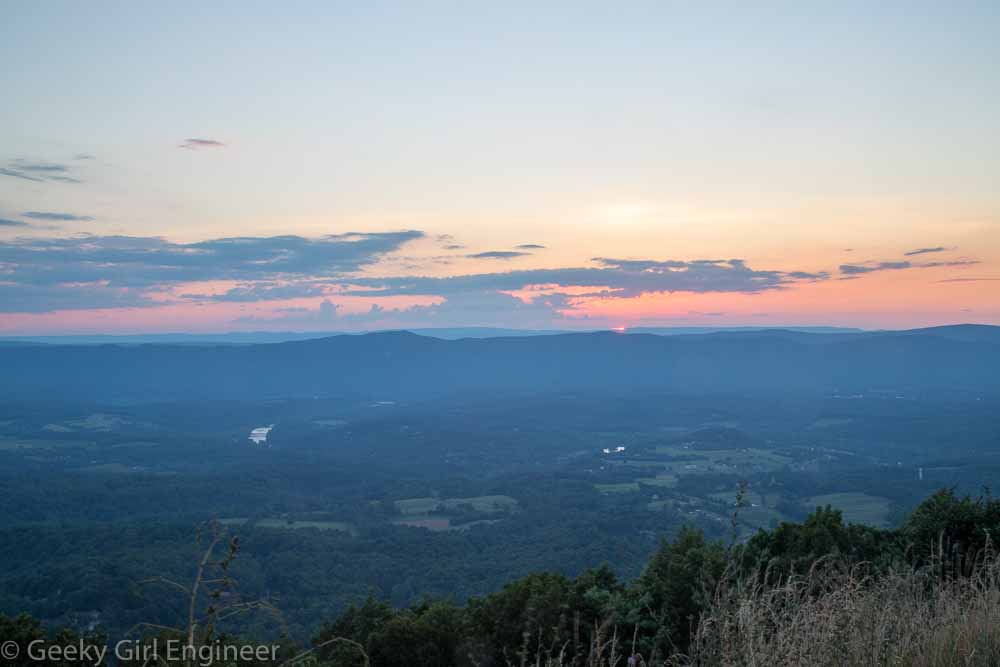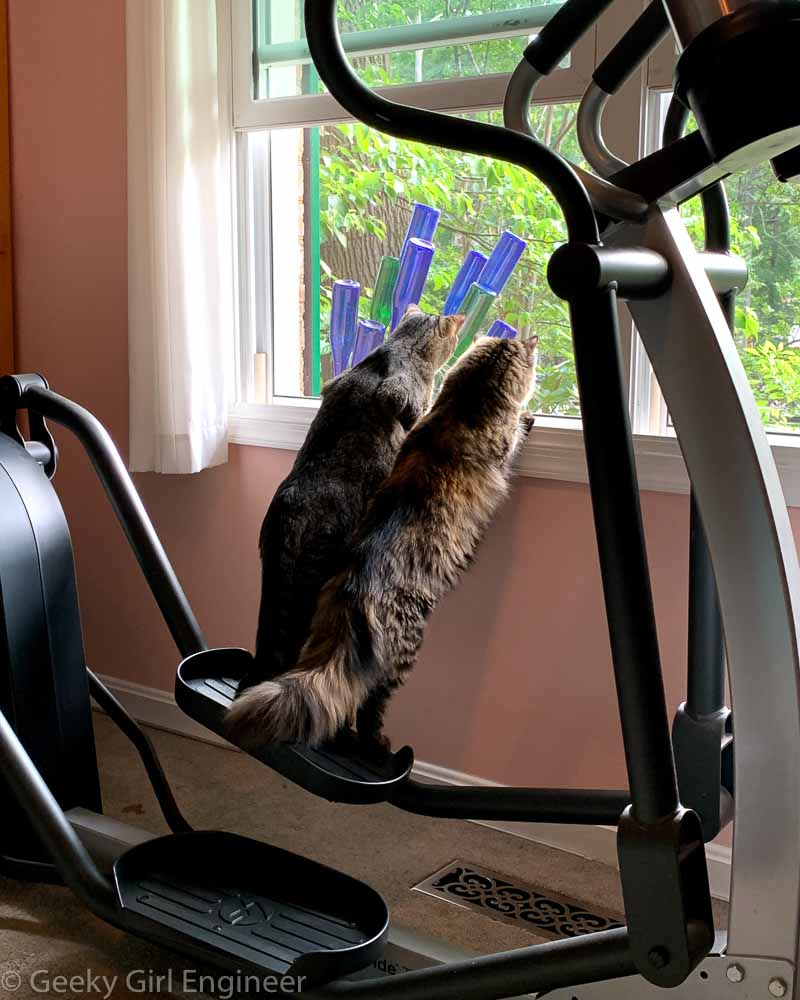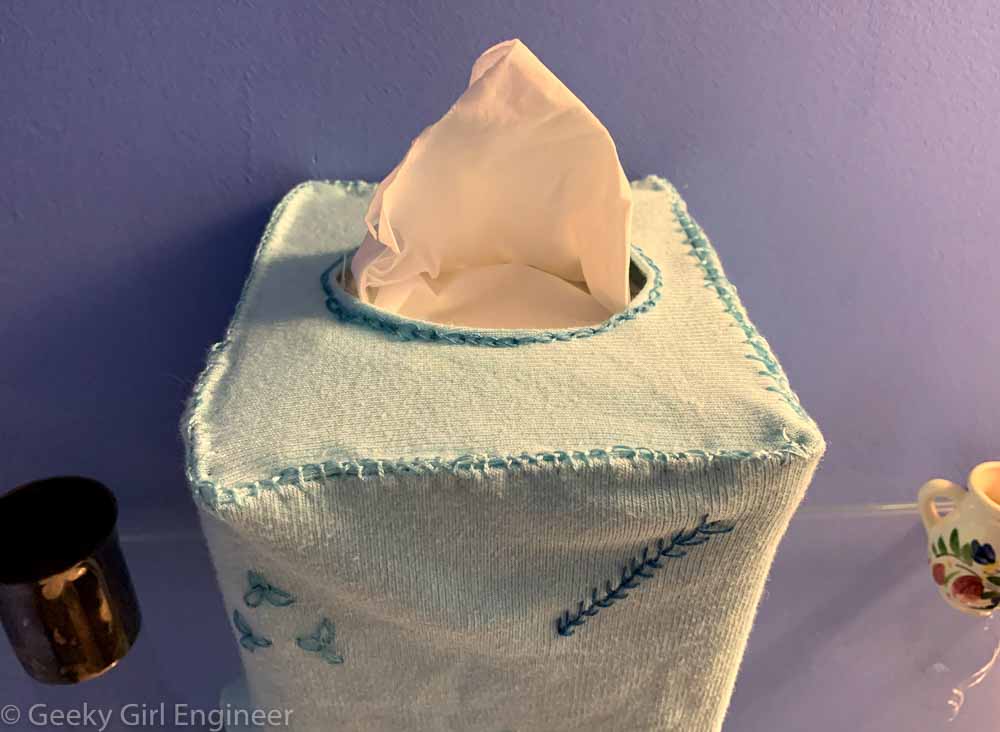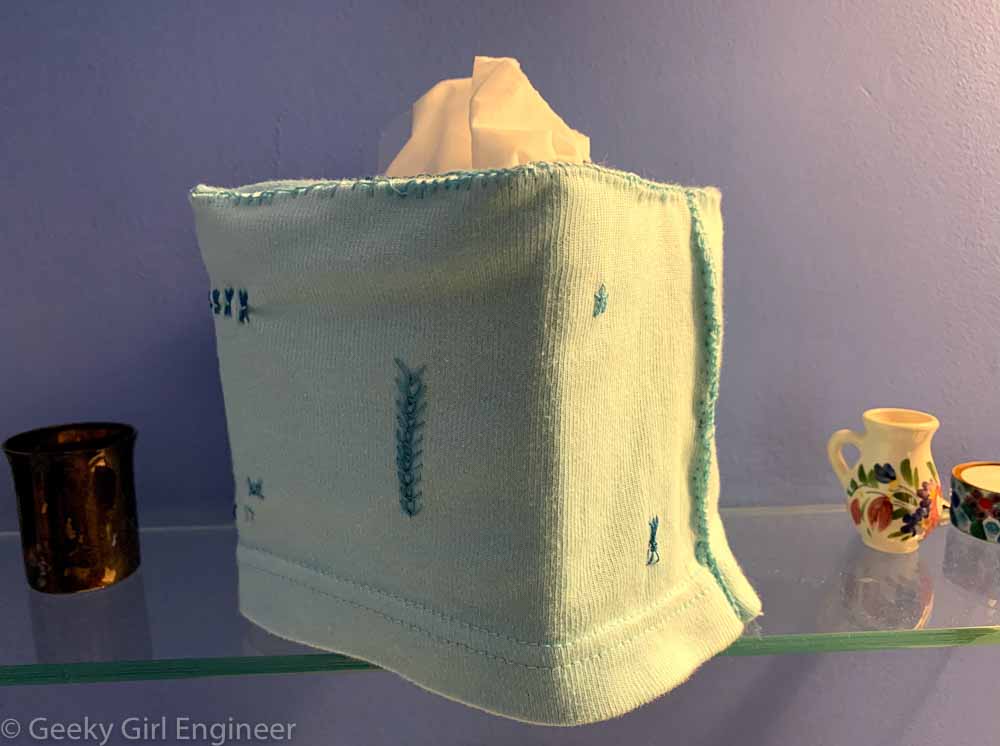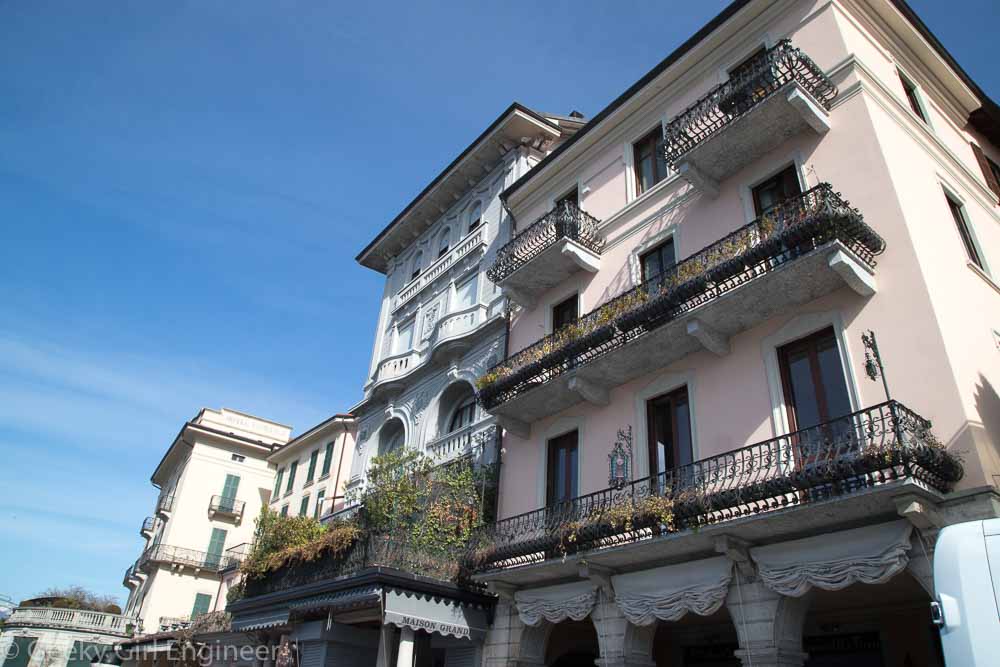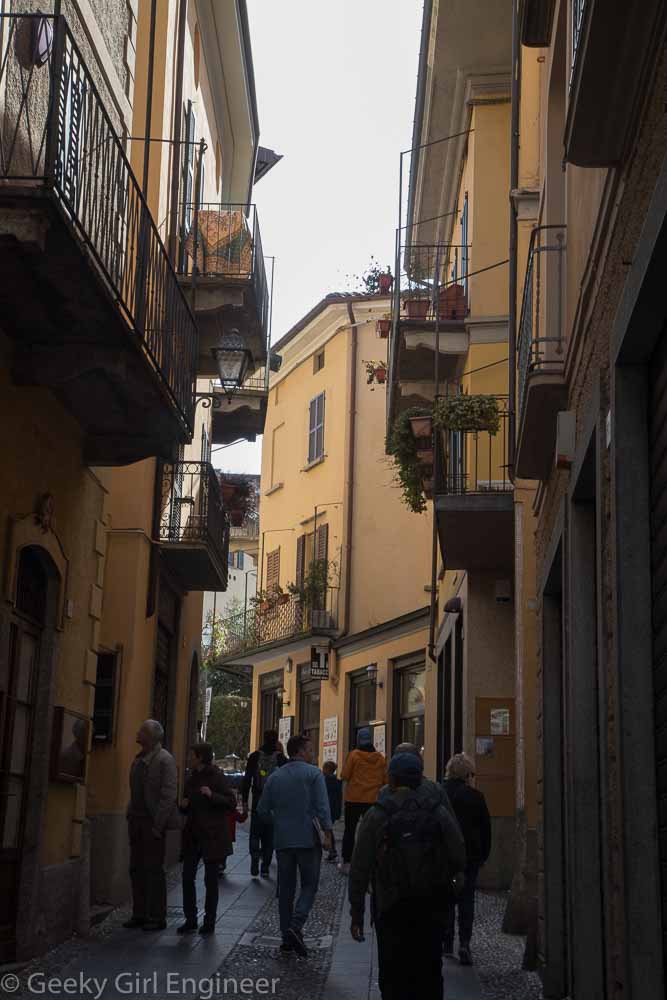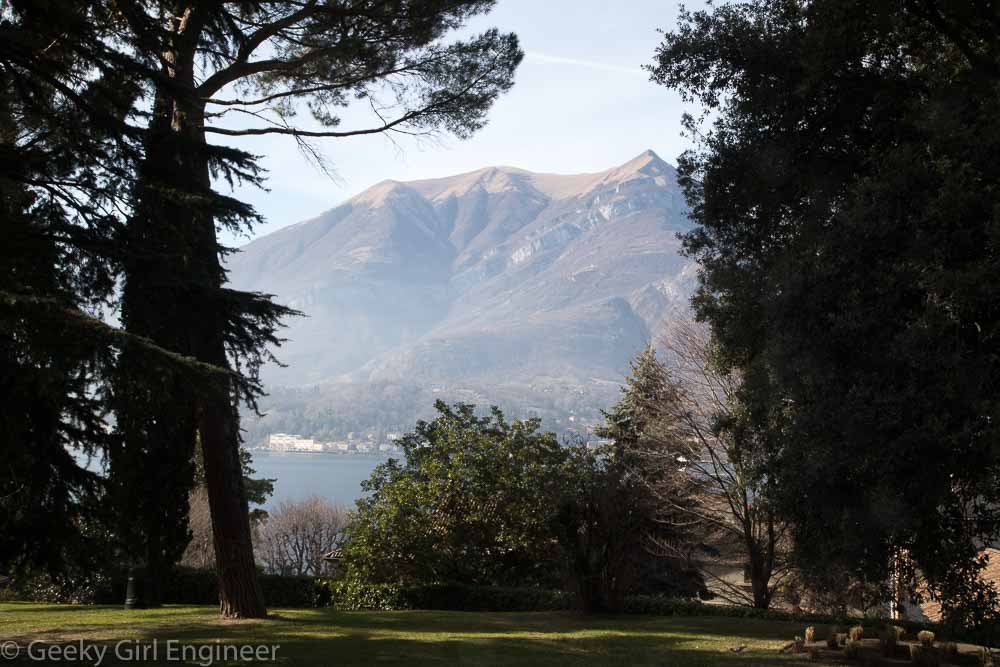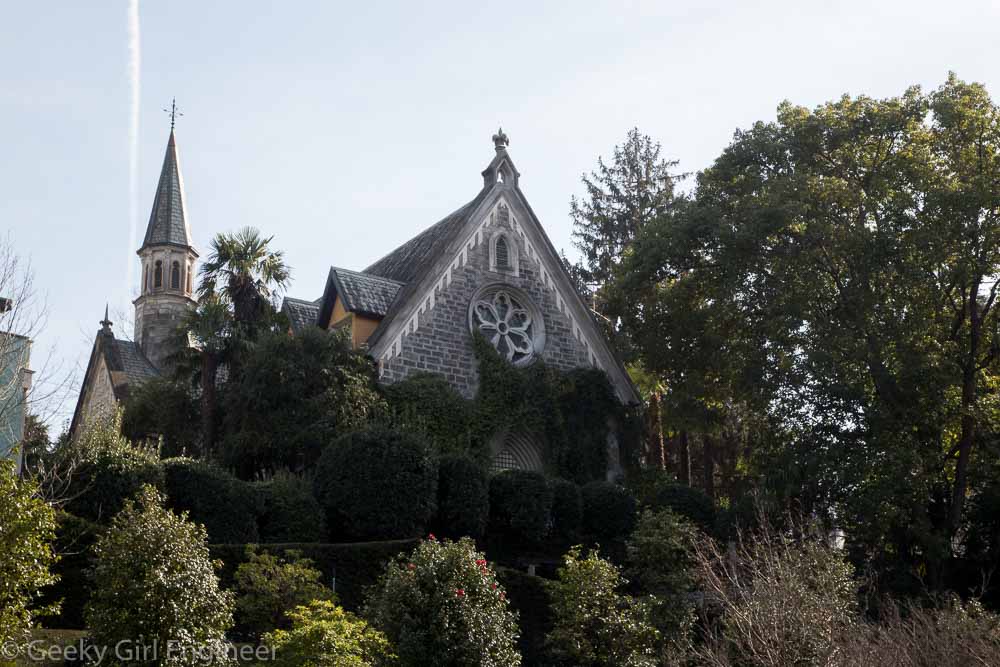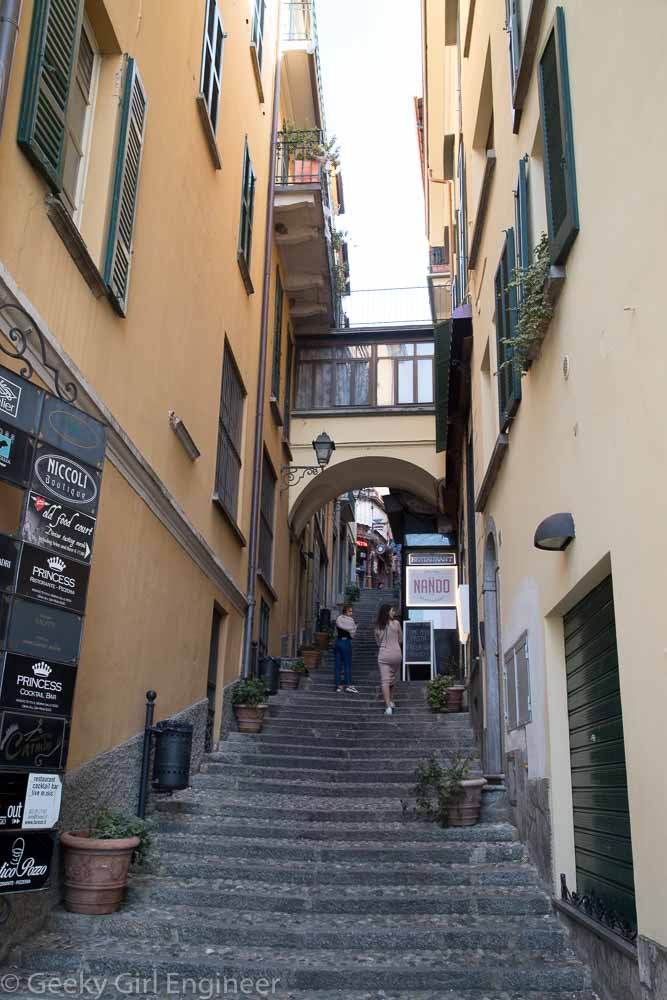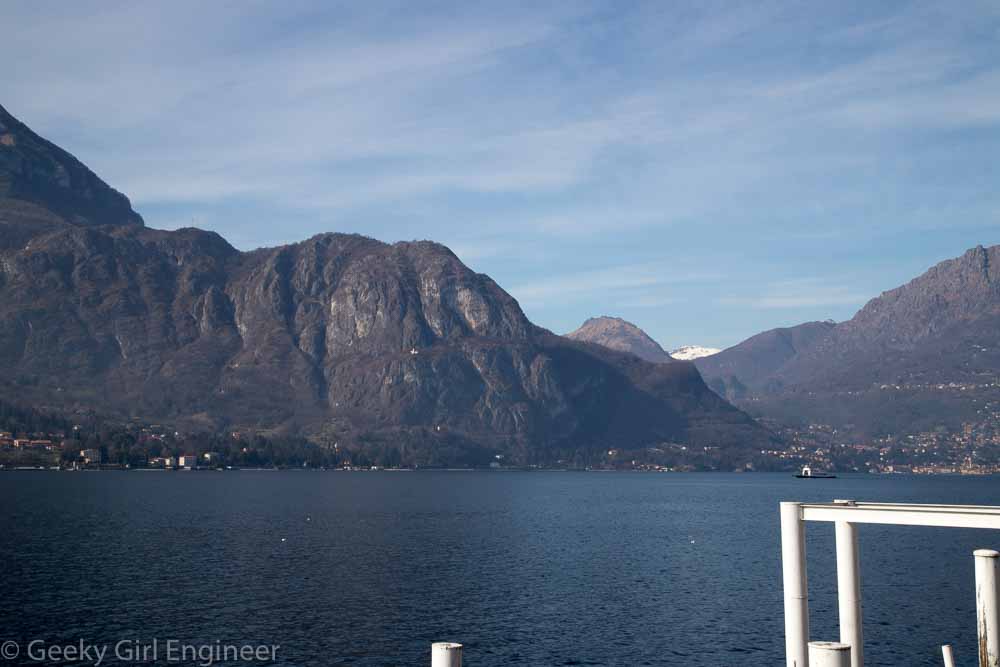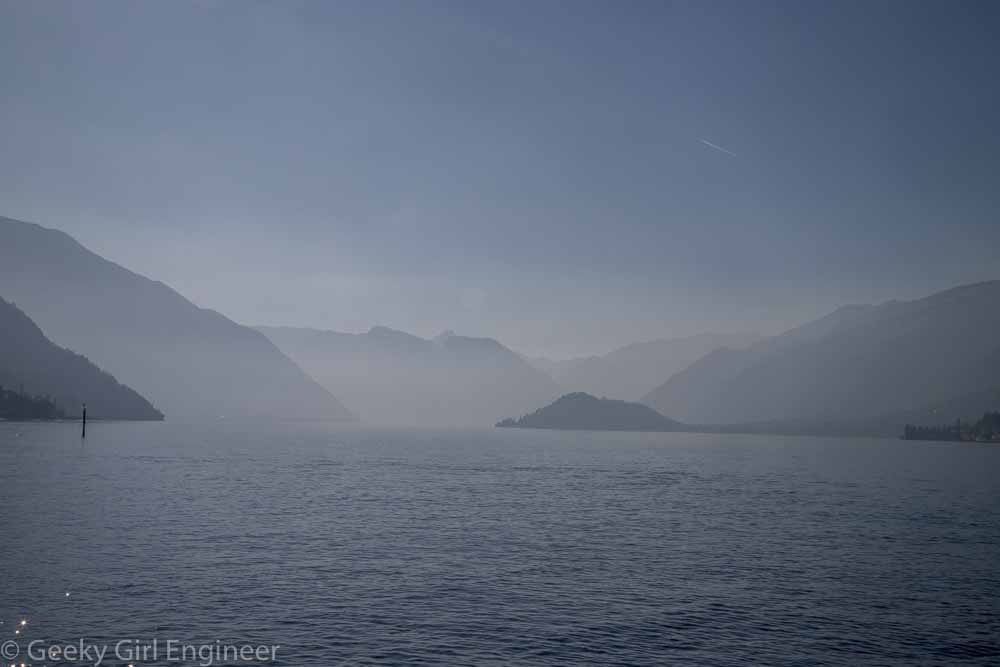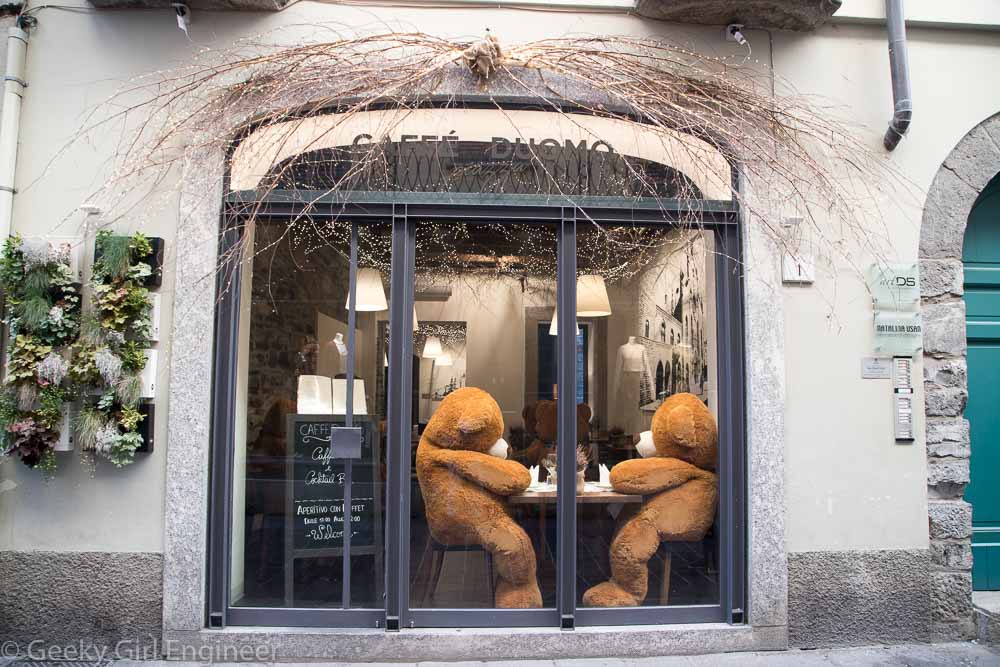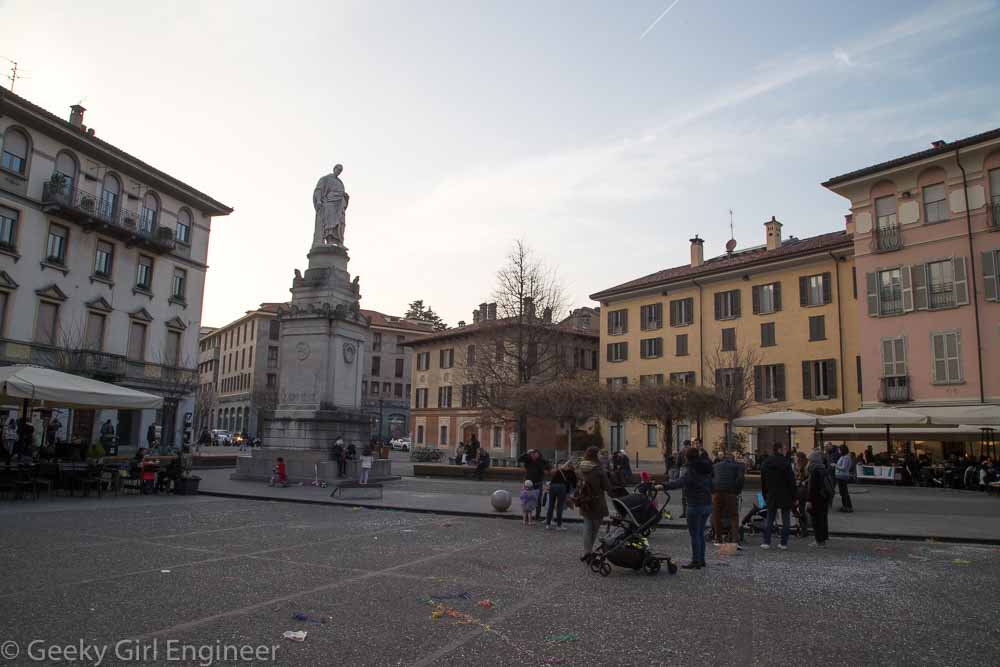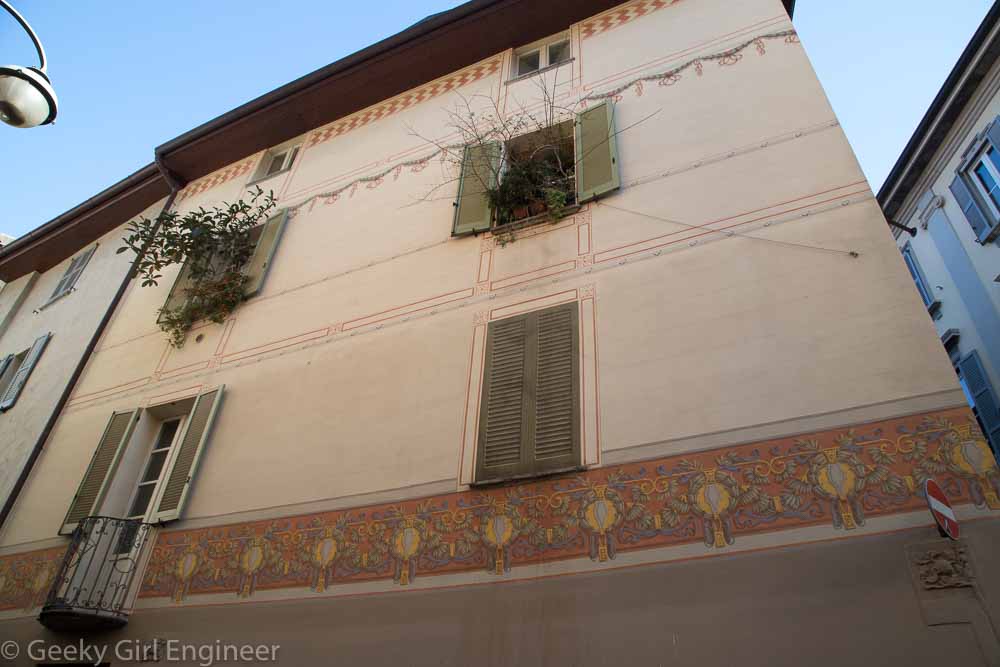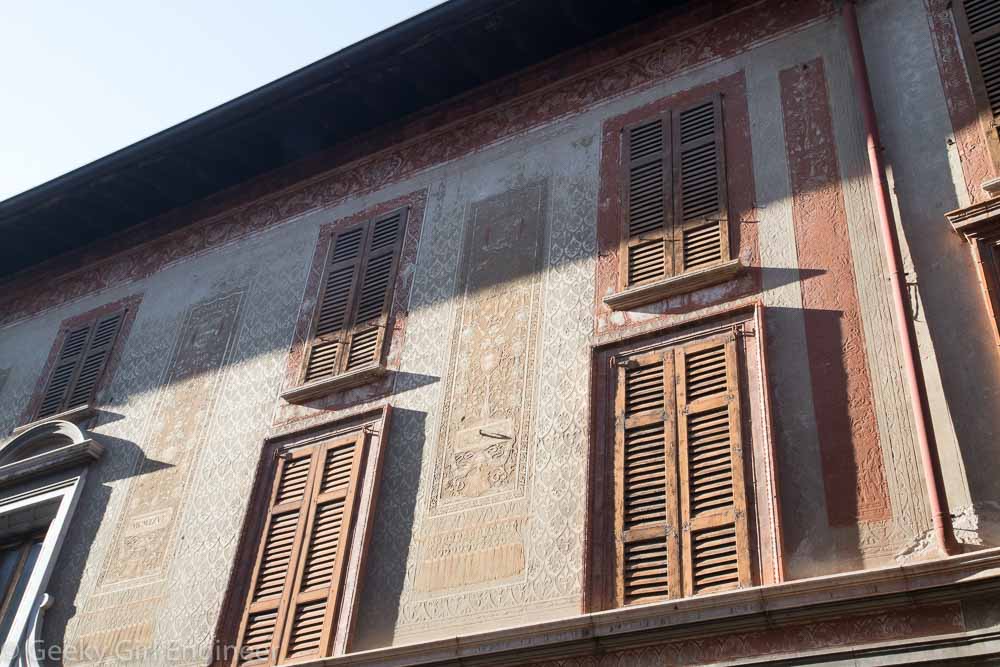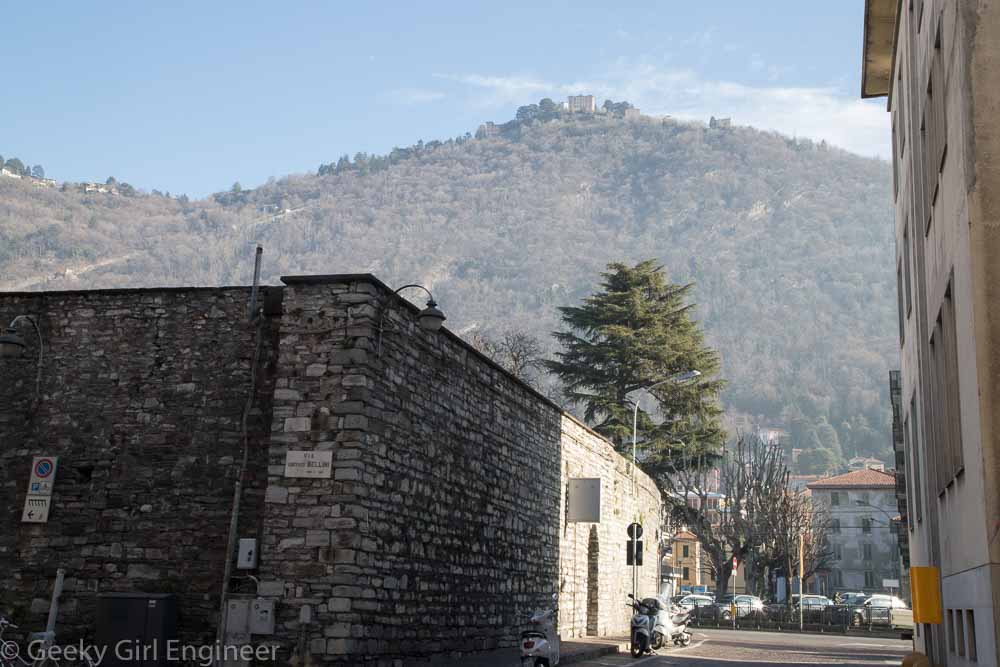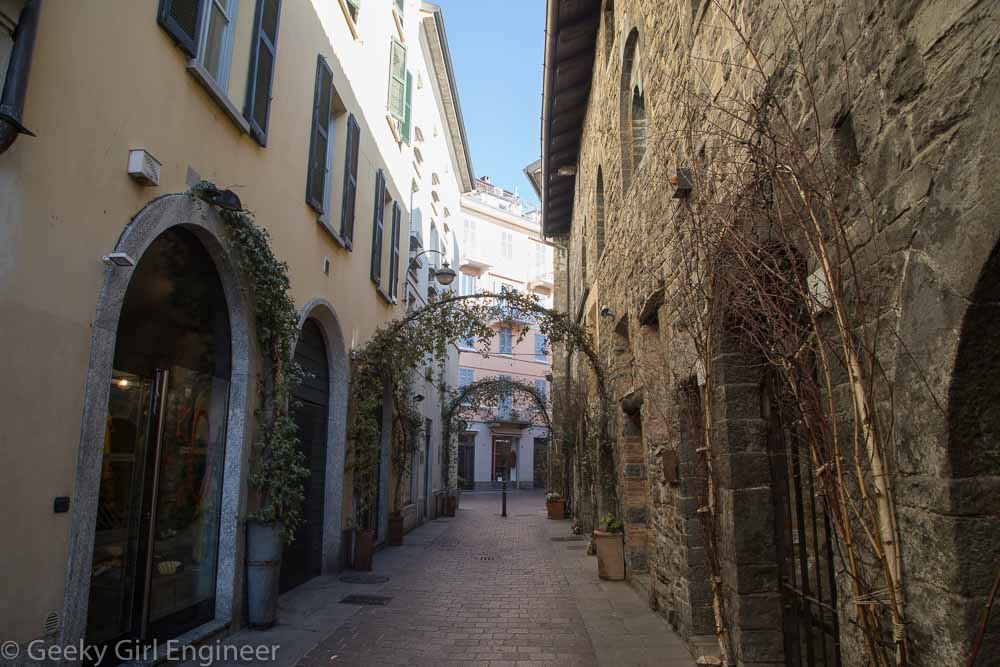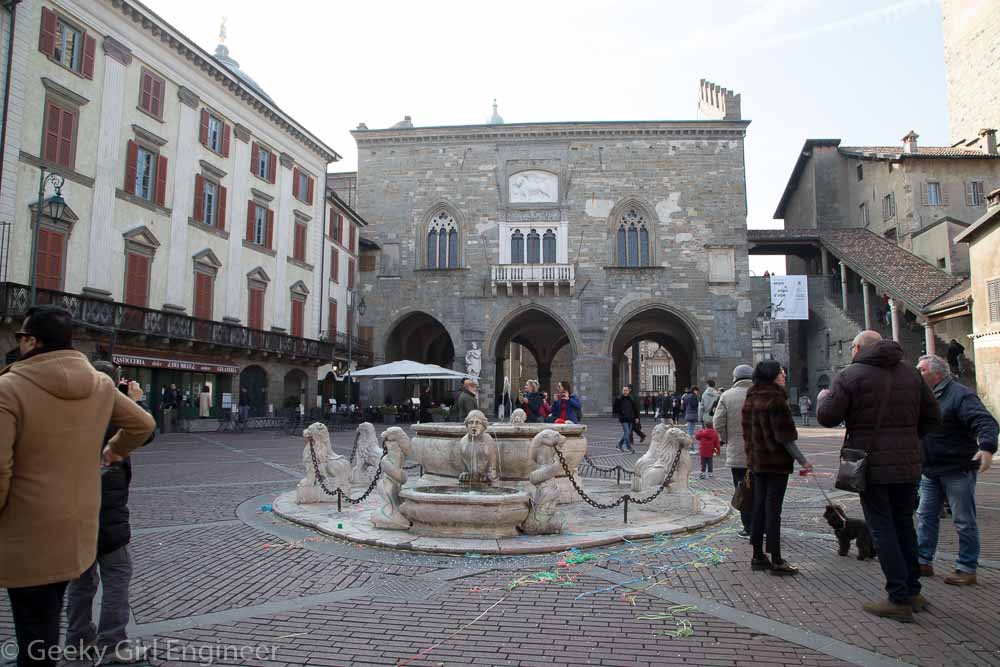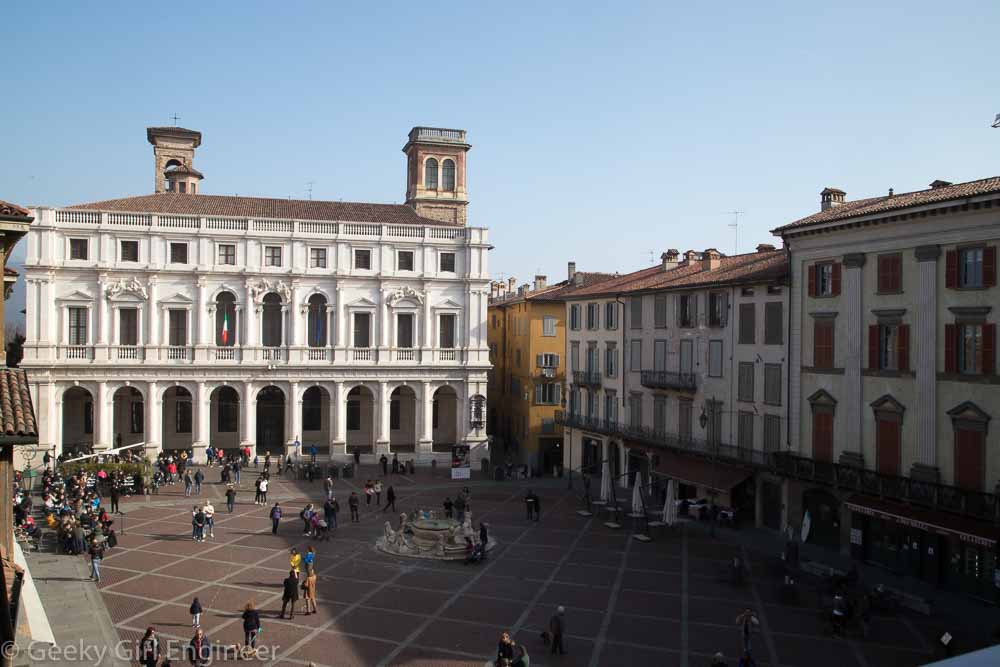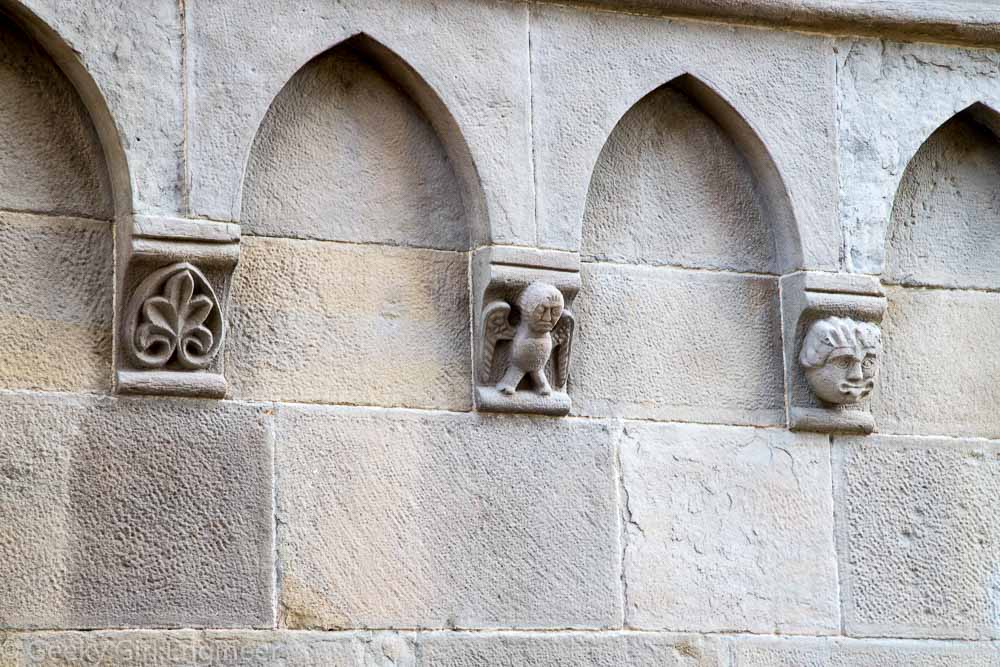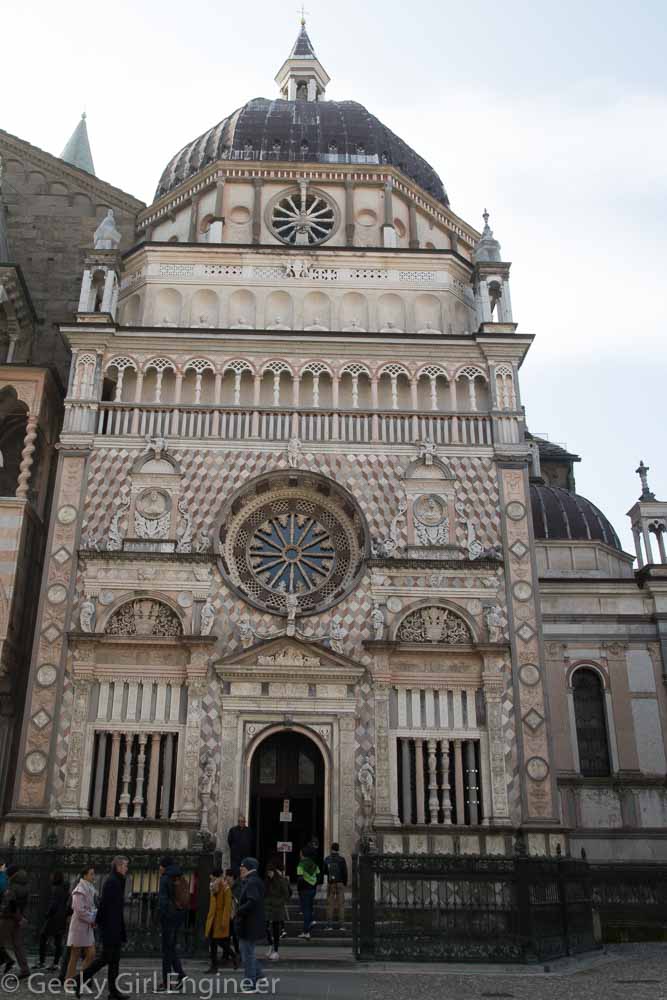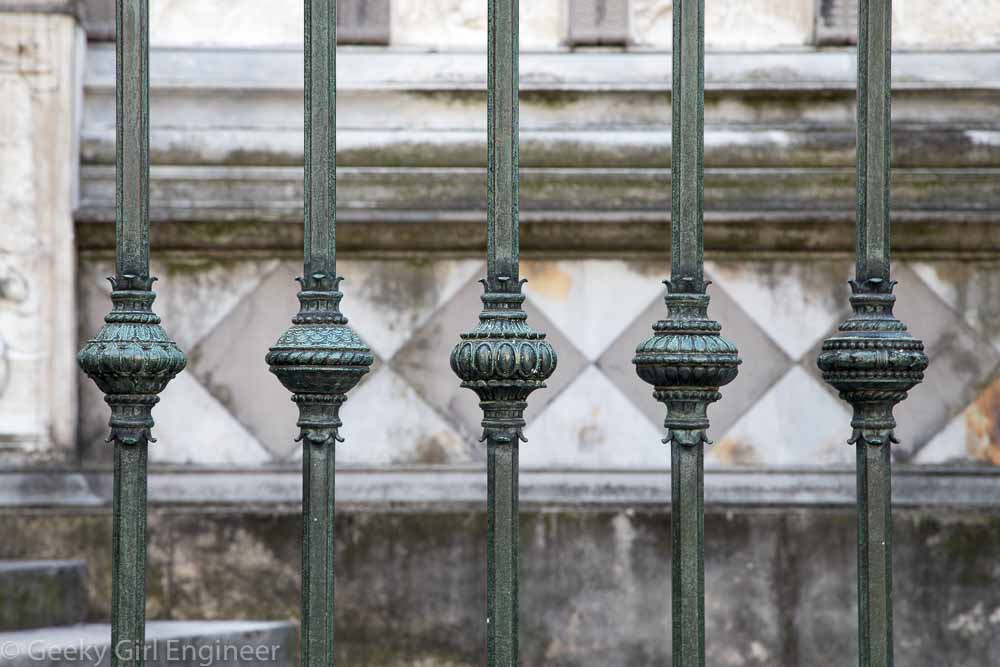I recently saw some discussions on Twitter about the usefulness of HEPA filters in schools and other buildings to protect the building occupants against COVID-19. There seemed to be a general agreement that HEPA filters could lower the virus particles in the air, but there was not agreement if this would help lower transmission of the virus and infections. There seemed to some non-biological scientists and engineers arguing that it would definitely lower transmission. Others wanted trials and tests. It was simple some said, less virus particles, less transmission. I am engineer, and I found these statements to be rather narrow thinking in consideration of transmission.
I want to explain more fully the flaws I see in the idea that HEPA filters will definitely solve the problem or will greatly help. I need to state first that I am not an HVAC engineer. HVAC by the way, stands for heating, ventilation, and air conditioning. HVAC engineers are the people who design the ventilation systems for buildings. They are also to blame for women always being cold in buildings by the way. The air conditioning design is based on old calculations that involve men in buildings, but I digress. However, my Bachelor’s degree is in chemical engineering, which means I have a good background in fluid flow. Air flowing through a building is fluid flow. Not the kind I normally work in, but fluid flow nonetheless. Also I am not an industrial hygienist. These are the people who figure out how to keep workers safe. I don’t think normal office workers and definitely not school children are their normal scope of work, but they could offer informative thoughts on this.
First, what is HEPA? HEPA stands for high-efficiency particulate air, and HEPA filters are basically really good air filters. Some technical information on them can be found on U.S. EPA’s website. I have really bad allergies, and I have a whole house HEPA filter installed in my house’s HVAC system. There is an initial mesh filter, a giant honeycomb type filter that traps particles then a panel that zaps the air with electricity to kill things. I clean it a couple of times a year. I still sneeze.
For the sake of argument, let’s say that HEPA filters remove all viruses, including COVID-19. For a HEPA filter to work, the virus has to get to the filter. Now we need to think about air flow in buildings, and how the air is going to get to the filter and more importantly how fast the air is going to get to the filter. Most modern non-residential buildings are designed with air ducts and other infrastructure (water and waste pipes, electrical cords, network cords, etc.) overhead in the space between floor above and the drop down ceiling with somewhat ugly acoustical tile. Think of all those movies and tv shows where a character goes into the ceiling and crawls around in the HVAC duct work to get to wherever to save someone or steal a jewel. Thus, in general, all the duct work is overhead, and so the inlet vents, the vents by which the air flows into a room, and the return vents, the vents by which the air leaves the room area, are all overhead. When air leaves the room, it flows back to mechanical works that cool or heat the air. This is where filters, HEPA or not, generally are. The air then goes to a blower which sends it back to the building and its occupants. In a house, the inlet vents are generally in the ceiling or the floor (in my house they are in both depending on the room), and the return vents are often in walls or ceilings. The vent where you place the air filter is the return vent. Thus in most houses, you filter the air after it leaves the room and before sending it to the mechanical works for heating or cooling.
That is the basics of building ventilation. Consider a classroom. Consider if ten children and one teacher are in a classroom, and one child is infected and coughs. Consider the air flow in the average classroom. When the child coughs, the aerosols, droplets, virus, spread out from the child. Unless the HVAC system is pulling the air up and out of the classroom continuously with really good suction, the virus can still easily spread to nearby people. Also, I want to emphasize the word “up” in my previous sentence. It depends on where exactly you are in the room as to the actual direction of airflow. In the office building I normally work in, my cubicle is directly beneath an inlet vent. I know this because I can look up and see it, and because I am always freezing, and because I can hear it when the air blower turns on. Air blows down onto me then outward to the side then pulled up a couple of yards away where the return vent is. I have not mapped out the exact airflow in the building, but you can feel it and make guess based on where the inlet and return vents are. In the vast majority of buildings, you do not feel a breeze. The air is not flowing at a high enough rate for paper to fly away. If paper is not flying away, the virus is probably not either. In my two-story house, there are two return vents, both in the halls. Air flows into the bedrooms, living rooms, etc. into the hall. If two people are in the living room, and one coughs, the cough is going to go out from the person and potentially right by the other person before it ever flows to the return vent. Also, like most houses, my air blower is not on continuously. The air is not always flowing. The same for office buildings. Buildings are designed differently, but I can definitely hear it when the air kicks on, which means it is not always on. If the air blower is not on, the air is not flowing, and virus, particles, etc. are not being pulled out of the space.
In graduate school, I worked in a brand new laboratory building. It literally opened the second year I was there. There was a common area with places to sit, talk, and eat and passages to the adjoining buildings. Off of the common area, where two halls that led to the laboratories. The building was designed for negative pressure. Air flowed from the common area to the halls then to the laboratories. It was perceptible. The doors to the halls, which required a card to open and swung open into the halls, would pull in because of the pressure they were under. You had to physically push the entry door back into place or an alarm would go off. The exit door, which swung open into the common area, would slam shut from the pressure. [Whether or not the negative pressure was too high is debatable.] The building was designed this way so that the volatile chemicals and infectious agents that we worked with in the laboratories would not get into the common areas and expose people. In the laboratories themselves, there were other precautions to protect people inside.
Normal office buildings and schools are not designed this way. They are not designed to be under continuous negative pressure. They not designed to be continuously pulling air away from the occupants. To a certain degree, they are designed to push air onto the occupants. If one person coughs, depending on where they are in the room and the air flow at the time, I would argue that the ventilation may help push the cough droplets from one person to another.
HEPA filters might be able to help solve the COVID-19 problem, but we need studies to show that they can. HVAC engineers and industrial hygienists would need be part of the solution and consider the design of buildings. Independent of COVID-19, HEPA filters are not a bad idea. However, they require more energy to use. Also, consider the time and expense of installing HEPA filters in all the buildings. You cannot just stick one into the system if the system is not designed for it. If it will solve the problem, most of us would say it is worth it, but it is not a problem that can be solved in a day or a week.
If I got anything wrong above, I welcome HVAC experts or filtration experts commenting below.
Edited to add: Someone who read my post stated that portable HEPA filters is what they are suggesting, not whole system filters. My argument remains the same. Assuming they mean one portable HEPA filter per classroom, if the filter is right next to the sick child, it might work. However one of the problems with COVID-19, is you don’t necessarily know who is sick. If the sick person coughs on the other side of the room as the HEPA filter, the portable filter, is going to pull the droplets from the cough across the room to the filter, potentially right by other people. It depends on how fast it pulls the droplets as to if another person would have time to breathe in the droplets, or for the droplets to land on their face. You really need studies to see if this would be effective.

